Travel, Traveling, and Road Trips – Southwest Adventure 2016
In late October of 2016, my family and I went on a 2 week road trip around the American Southwest. Over 14 days we drove nearly 1,400 miles visiting almost a dozen major points of interest. This is the first post in a serious of posts detailing my experiences in visiting and photographing those locations.
Before I start talking about specific places, I want to talk a bit about my overall objectives with this series and the broader points around travel as it related to this trip.
When I came back from Alaska in 2015, I wrote up a series of posts detailing my experiences — with an eye towards trying to maximize photographic opportunities — on that trip. In many ways, I like that idea if only because it leaves me a record of what I did right and what I thought I could do better given another shot.
I’ve been struggling with trying to do the same for this trip, and I really mean struggling. In 2015, I managed to get my first article up within 2 months of coming back. This time I’ve been banging my head agains the wall trying to write about the experiences for almost 5 months now.
One of my problems has been, lets call it authority on the subject matter. Both here and in my articles from Alaska my overall intent is to document, if only for my own reference, things I thought I should or could have done better in a future trip. A lot of what I was doing in Alaska was trying to fit my photography into a tightly scheduled and choreographed excursion, or other non-standard situation.
For this trip, the vast majority of the photography I did was pretty standard landscape work, and anybody who’s done any serious landscape work knows that it’s really all about planning, exploration, timing and a touch of luck.
Unfortunately, I wasn’t at any given place long enough to do the exploration. Timing was dictated not by optimizing the weather or light, but other travel related concerns. As for luck; well, luck wasn’t really with me. We went from clear blue skies at the Grand Canyon to complete overcast on our last day at Zion with varying levels of uninspiring clouds cover in between.
The second aspect that I’ve struggled with is that in a lot of ways this was a much more personal trip for me than Alaska was. I’m event struggling to put words to the idea here as it stands.
Unlike a cruise, there was a lot more direct interaction with the places I visited. You could very well say it was much more personal. In many ways, I was literally exploring the environment I was in, not watching it go past from the balcony of a ship.
So with that said, I want to move on to the meat of this post, which is to talk about the travel aspects of this trip. I know it’s cliché, but it’s been said that there are two kinds of people, journey people and destination people. I’m very much a journey person. For me the journey is almost as important as the destination is. Even if you’re not a journey person, the travel is still something you have to deal with.
Flying
I would venture to guess that for most people vacations start and end on a plane. Flying is something I rather enjoy, at least given the right conditions. No, like almost everyone else, I really don’t want to be in the middle seat in heavy turbulence at night. But give me a window seat, and some light and I’m pretty much set for most flights.
Flying as a photographer, with $1000s of dollars of gear with me, has certainly been a nerve-wracking experience in the past. Camera gear is expensive, and overhead bin capacity is often sparse, and checking my camera gear is not something I even want to think about. I know going into every trip, I’m always somewhat concerned about the situation.
I’ve now done two major cross country trips, and while I won’t say there’s nothing to worry about. I will say that I haven’t had any real issues. The flights to Seattle in 2015 were on Alaska Air and we were seated in what’s arguably the worst place in the plane as far as carrying storage goes: the front of the coach cabin (last to board). On that trip I surprisingly had no issues at all finding space overhead above my seat.
This trip we were flying Jet Blue in their, “More Space Plus” seats. Unlike the Alaska flights, More Space Plus afforded us early boarding (right after people with special needs, and the premiere milage program people). On these flights, which were completely full, I actually had a harder time stowing my bag than I did being roughly last to board on the Alaska flights. Instead of having my bag over my seat, it was some 2 or 3 rows behind me.
Truth be told, I think the concern about finding overhead space is kind of a two fold issue. On one hand, the earlier you can board, the more space there will be. Secondly, when planning things out or choosing seats, it’s probably worth figuring out what the kinds of travelers are going to be on the plane too.
For example, Seattle isn’t as much of a weekend getaway destination as Las Vegas is. So it’s much more likely that people flying to Vegas, since they don’t need tons of clothes, will opt to take a carryon instead of a checked bag to skip the line at baggage claim. Of course, there are always potential variances, any city with a large weekend convention or festival will likely see an increase in people carrying carryon instead of checked bags.
Speaking of baggage claim, I have to give huge props to Alaska Air on this. Their 20 minute baggage guarantee is absolutely fantastic. On both flights with them, they were absolutely on the ball and our bags were rolling on the carousel not more than a few minutes after we got there. Jet Blue, on the other hand, took a frustratingly long time to get our baggage out.
The baggage situation was compounded for me on the red-eye flight home, because I managed to get sick and felt like utter crap, and be completely exhausted. Standing at the baggage claim, not feeling good, and not having slept in close to 20 hours, and having to wait for another 30 minutes, really was painful. Actually, I wasn’t all that impressed with Jet Blue’s baggage turnaround speed on either end of the trip compared to Alaska Air.
Actually, there’s another good point here. When you fly is all a tradeoff too. Daylight flights — which I prefer because I like being able to look out the window and see the world going by — potentially waist time that you could better spend at your destination. On the other hand, overnight and red-eye flights while potentially more efficient from a time use perspective, pose their own problems with sleep and tiredness.
I’m not a nervous flyer, or anything like that, but I’ve never really been able to sleep on a plane — at least not a domestic flight with regular seats. On overnight flights, I end up being awake for the duration of the flight. Inevitably this means that I’m really tired the next day.
My experience is that I’d much rather fly out and back at reasonable times. This also allows for some slack if I did manage to get sick. Of course in the end you’re bound to the travel times the airlines fly. The best you can do is try and adjust your schedules and so forth to accommodate (e.g. don’t plan on going to work the day after a red-eye flight unless you sleep well on planes).
Driving
This trip was a road trip, which means driving. And since this was 2000 odd miles away from home it meant driving a rental car.
On the car front, there are a couple of things to think about. First, is the type of car. I normally drive a midsize sedan, but that’s not really big enough for 3 people and their luggage for 2 weeks of traveling. So we rented what I’d call a midsize SUV (Dodge Durango). From a driving perspective that brought a number of teething points, namely I wasn’t at all use to the size and turning radius of the vehicle. This didn’t affect safety, but it did affect how smoothly I could do things like pulling into a parking space.
That said, the biggest concern for a road trip is going to be comfort. Some of our drives were in the 4 hour range, and some days being pretty much all day driving with stops for sights. I certainly wouldn’t have wanted to drive this trip in a small economy car. Or for that matter, a real budget car which I’ve found almost universally have really bad seats. It probably goes without saying, but when push comes to shove, if you really don’t think you can be comfortable driving any distance in the car you’re renting, go back and see if they have something else.
While I’m on the topic of cars, I want to say something about GPS nav systems. I have mixed opinions about in car nav systems. On one hand they’re handy if you need the help navigating. On the other hand, they can be a problem — especially if you’re the kind of person who can’t leave it alone and ignore it. Our rental car’s nav system had maps that were quite out of date according to the system info. That didn’t end up being a problem on this trip, but in other areas it may be — I know form experience that out of date nav systems in the areas around where I live can really miss the boat and hurt more than help.
On the other hand, all of us had smartphones, and pretty much all smartphones now can do turn by turn directions with up to date maps. But they do rely on the cellular network to access that information and can be a problem if there is little or no signal. Though most phones will store the requisite directions so even if they lose signal, they can still tell you when to turn as you go.
Based on my experience with this trip, as long as I know I ought to have cell coverage where I’m going, I don’t think I’d pay a premium for an in car nav system. Every time I pitted my phone against the in dash system, it did at least as good or better. Even when it couldn’t draw a map for me, it still could tell me when the turns were coming up.
One of the bigger problems I personally ran into was trying to balance driving, sight seeing, and photography. I’ve always make it a point to focus on driving when I’m driving. That means I’m looking at the road and the traffic not the really cool scenery. This is one reason I’ve always enjoyed being a passenger on road trips instead of the driver.
The flip side, is that the driver is driving; which also means they can stop too. See a cool sight, pull over and look or take a picture. That said, this is definitely a potential point of contention if you’re traveling with others.
Moreover, on this trip for most of the long and mountain drive days, I drove. In fact, I drove most of the trip. This, as I said, because of my focus on driving meant that I wasn’t able to really take in the sights. There’s an awful lot of really interesting and impressive scenery in the Southwest, and a lot of it the roads drive right through.
I really do wish I had a GoPro or similar camera that I could have set to record video while I was driving (either out the windscreen or stuck to the roof). Even when I’m not driving, a GoPro recording a time lapse as an overview video is something I’m going to be employing in the future.
That said, in some of the really impressive places — like The Zion – Mount Carmel highway (Utah 9), dropping into and out of Zion National park — we did shoot video with our cameras. This worked acceptably, at least for having video to watch personally. But the amount of camera shake really renders the video useless for any other use. I’m not sure I’d even want to show it to friends. Of course, post production stabilization can be added with software like Adobe Premiere or through YouTube, but doing will either crop or distort the images, or both. Never mind, it’s a massive computational undertaking to apply to even 10 minutes of video.
Something like a GoPro fixed to the car or windshield would have been significantly better. In fact, not having a GoPro or similar camera to record the driving is something I almost instantly regretted while I was out there, and something I’ll rectify for the future.
All told, I think that about covers most of what I have to say about the actual traveling parts, and my lessons learned. Next time I’ll ramble for a while about the Grand Canyon.
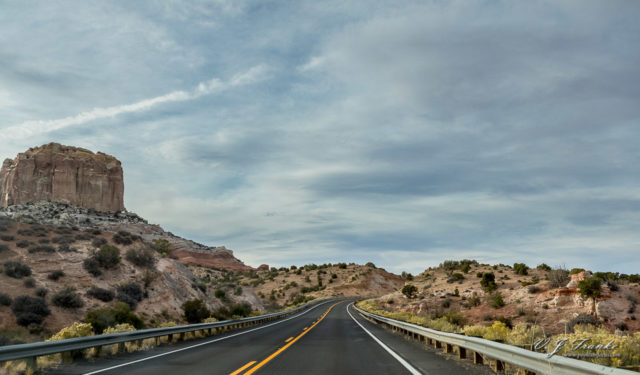
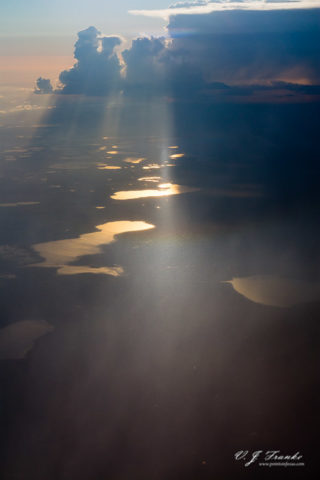
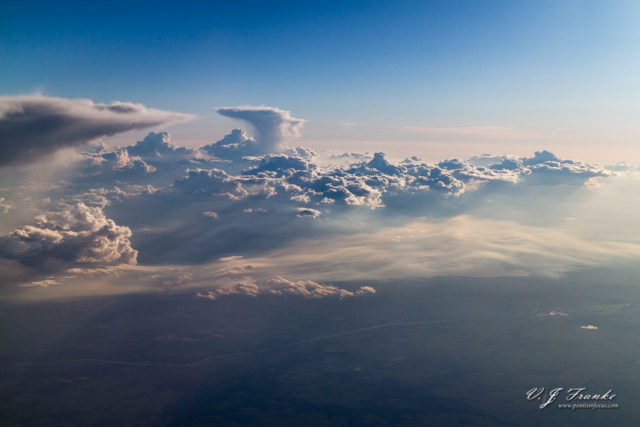
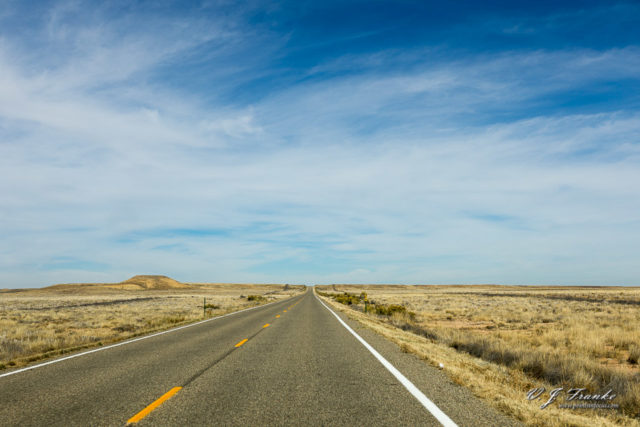
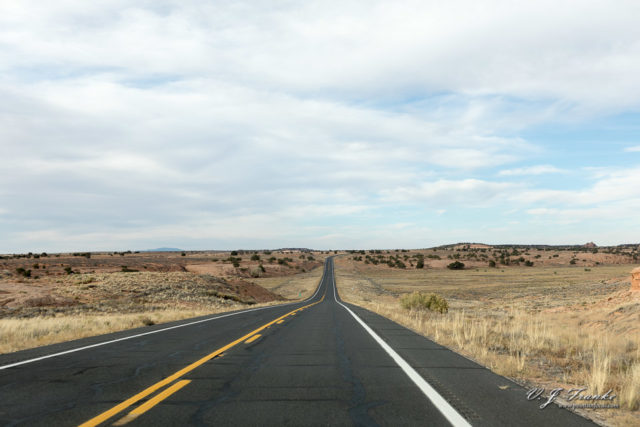
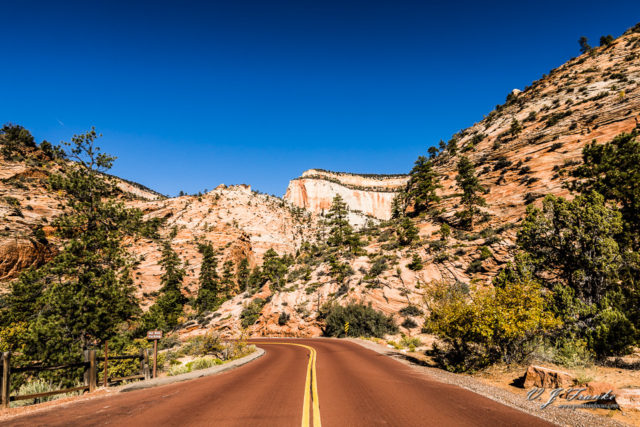
Comments
There are no comments on this article yet. Why don't you start the discussion?